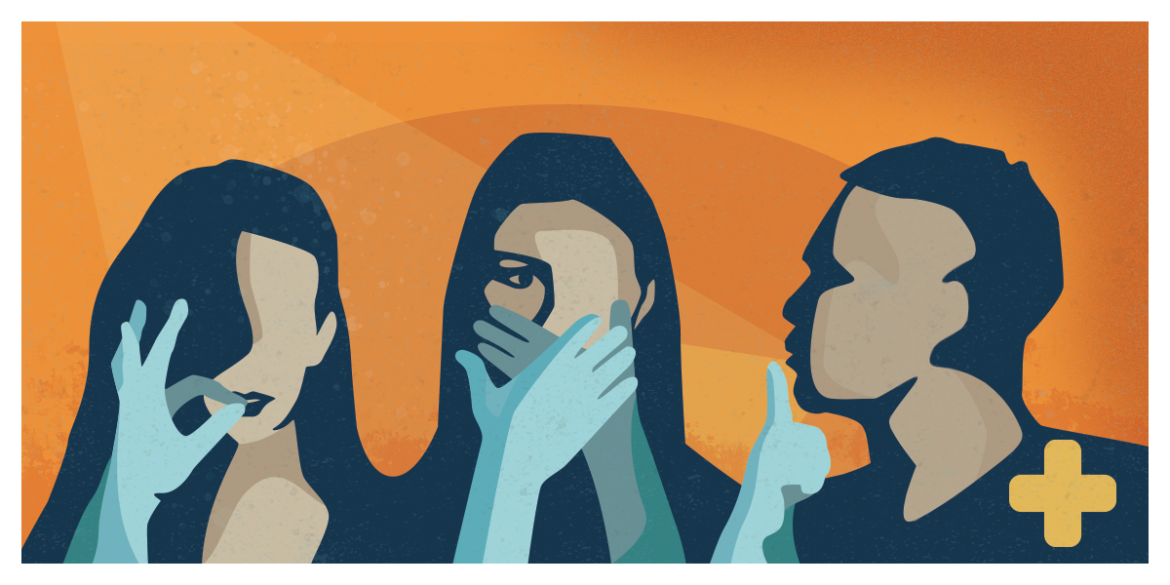Tips on Traps, Hype & Ethics
Although in parts of the world investigating pharmaceuticals can be physically dangerous, in others you risk your reputation rather than your life. Drug companies often hire effective and persistent public relations managers, some of them former journalists. Much less often, lawyers will be involved. They might send aggressive letters threatening legal action, for example.
Putting your editor and publisher under pressure is common practice, as this leads to delay while editors carry out further checks, often prompting you to provide additional evidence. In our experience, this exercise can be extremely time and energy consuming. What helps is being disciplined in archiving correspondence and making sure all correspondence with the companies is in written form. Critical scientists, however, can pay a high price, as this example shows: GlaxoSmithKline Tried to Silence the Scientist Who Exposed the Dangers of its Drug Avandia.
When reporting about alleged victims of a drug, you need to pay special attention to the language you use and make sure you seek comment from the company before publication — which is standard practice, of course. Media coverage and new or additional warnings on a drug’s label are known to affect sales, so companies will go to great lengths and expense to try and minimize the potential damage.
Also, Key Opinion Leaders can be especially persistent. Their reputation is as at stake. Many of them don’t see a problem in their close relationship to the industry; they can get aggressive and even sue media outlets and reporters if their name is associated with victims or malpractice.
Don’t expect a person representing the pharmaceutical industry to be forthcoming in a recorded or filmed interview. These are professionals who are well-trained in dealing with the media. Drug companies may avoid interview requests or put up their public relations officers.
Finding a whistleblower in the relevant medical or scientific community or within the industry rarely happens but can be extremely helpful. One example is the exemplary investigation into generic drugs by Katherine Eban that took many years to complete. Her book, “The Bottle of Lies,” shows how Eban also collected a huge amount of data and documents during her investigation.
Sometimes honest public servants will help you if your methods are solid. Read the GIJN guide on this topic and make sure you protect the identity of your confidential sources.
Beside regulators, in every country there are public health authorities involved in health care. Don’t forget to investigate their conflicts of interest. They also produce extensive documentation about health interventions and assess risks, benefits, and economics. Their work is a trove of hints and facts. However, it is important to keep in mind that they are routinely under pressure by commercial entities with an interest in their decisions.
Build your own network of people whose knowledge you trust. Look for them among specialists that are strong in Evidence-Based Medicine and free of conflicts of interest with the industry and the regulators. Often emeritus professors, especially if they have strong skills in biostatistics, or in the specific field of medicine or science you need for your investigation, are very informative; they have reached the prime of their career, are not worried about how to fund their research, nor are they generally concerned with raising their profile. Make sure to do in-depth research on the background of any expert you turn to for advice, as you need to be sure you can trust her or him. Read two GIJN features on collaborating with doctors, and on turning them into muckrakers.
Medical and scientific conferences can be useful for your work. They are crammed with advertising and pharma representatives. Also, participants don’t expect independent-minded journalists to join such events, so they can be pretty open to informal chats. Because medical societies’ conferences are routinely sponsored by the industry, the program itself provides valuable hints on where the manufacturers are going with a class of drugs. When a rather rare condition is suddenly presented as a major public health concern, that could be a red flag. Such a strategy could signal the imminent launch of a new product or a shift in industry strategy. When joining medical conferences, look for “satellite symposia” presented by drug companies. These may be promotional events presented as scientific sessions.
Make sure you don’t accept gifts or other benefits as you will have a conflict of interest which could jeopardize your credibility. Being too close to doctors and scientists is also a bad idea. It may seem insensitive, but make sure to question the victims’ agendas, too. Get to the bottom of their medical histories and ask searching questions.
Some of the bigger risks in investigating this area include getting the evidence wrong, relying on an expert who is conflicted or incompetent, and becoming a victim of the exaggerated claims made in medicine. Red flags here are keywords like “personalized medicine,” “breakthrough,” “big data,” “life-saving drugs,” “hope,” and “revolutionary treatment.”
